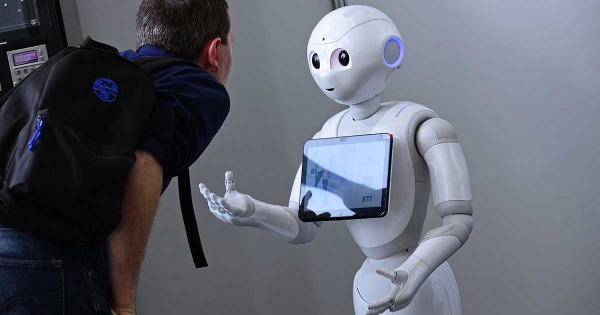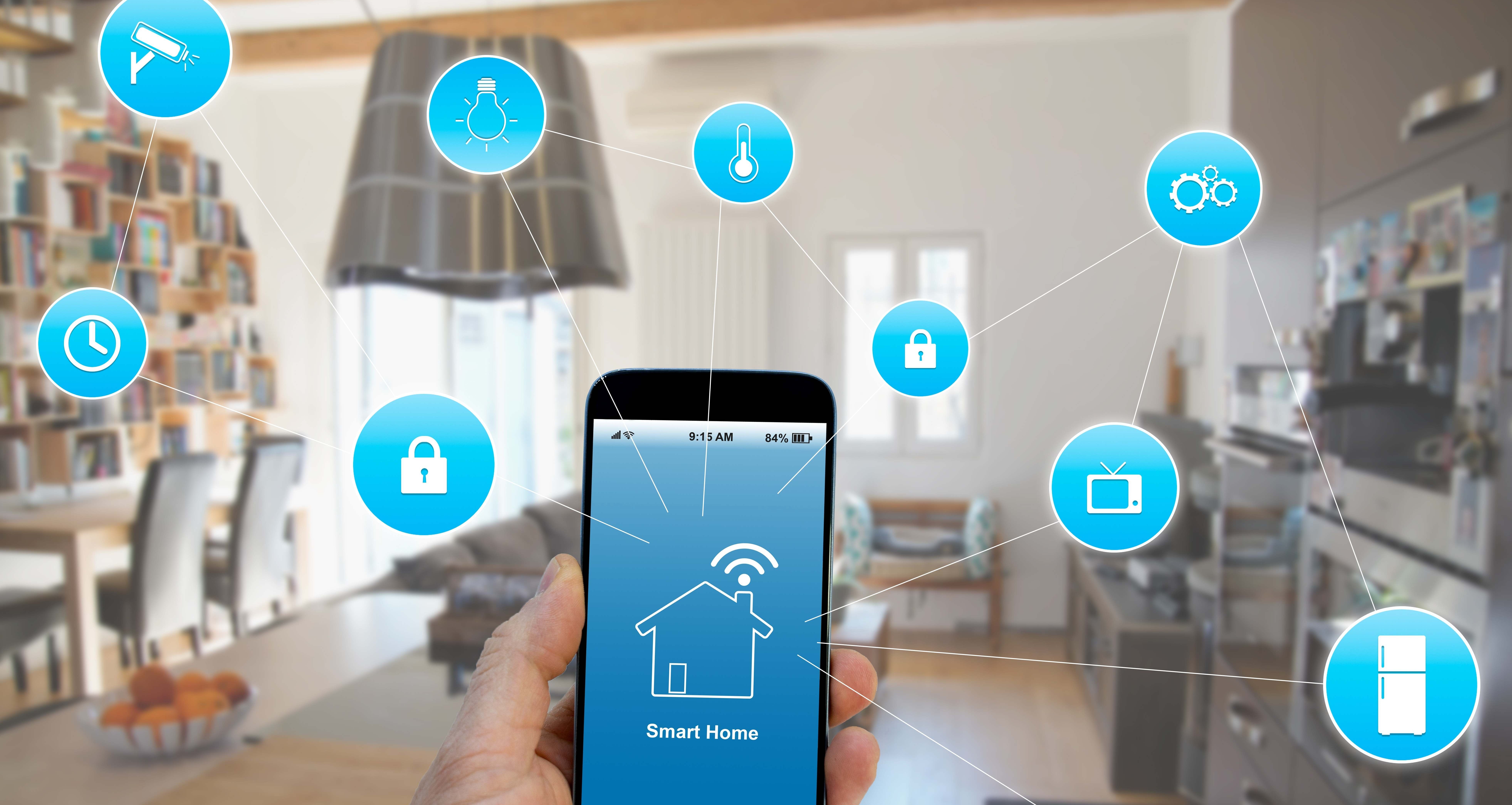The Future of Green Technology: Innovations Shaping a Sustainable World
The future of green technology is a compelling narrative of innovation, sustainability, and resilience. As the world grapples with environmental challenges and the urgent need to reduce greenhouse gas emissions, technological advancements are leading the way toward a greener, more sustainable future. By embracing green technology, industries and individuals are finding ways to reduce environmental impact and build a future that prioritizes ecological balance.

Renewable Energy: Powering Tomorrow’s World
Solar and Wind Energy Advancements
Renewable energy is at the heart of green technology, and advancements in solar and wind energy continue to transform the landscape. Solar energy, once limited by high costs and efficiency issues, is now more accessible and effective than ever. Innovations like bifacial solar panels, which capture sunlight from both sides, and solar windows are maximizing energy production and making solar power more viable across various environments.
Wind energy is also advancing through designs like floating offshore wind farms, which harness strong sea winds far from land, significantly increasing capacity while reducing visual and noise impacts. Wind energy companies are also exploring vertical-axis turbines, which are more compact and can operate in urban settings, further expanding the potential of wind energy in densely populated areas.
Battery and Storage Innovations
One of the significant challenges in renewable energy is energy storage, particularly for intermittent sources like solar and wind. Recent breakthroughs in battery technology, particularly in lithium-sulfur and solid-state batteries, are promising greater energy density, longer life, and faster charging times. Flow batteries, which use liquid electrolytes, are also gaining traction for large-scale energy storage, enabling renewable sources to power grids even when the sun isn’t shining, or the wind isn’t blowing.
These innovations in energy storage are vital for stabilizing power supply and making renewable energy a more dependable and primary source of power, propelling green energy adoption across industries and communities.
Sustainable Transportation: Redefining Mobility
Electric Vehicles and Charging Infrastructure
Electric vehicles (EVs) are spearheading the sustainable transportation revolution, with major automotive brands committing to all-electric futures. EV technology has evolved rapidly, with longer battery life, improved charging speeds, and more affordable models coming to market. Fast-charging networks are expanding worldwide, reducing range anxiety and making electric vehicles practical for more users. In addition, the development of wireless charging technology, which allows EVs to charge while on the move, is revolutionizing the future of EVs, promising greater convenience and efficiency.
Hydrogen Fuel Cells and the Future of Public Transportation
While electric vehicles are gaining traction, hydrogen fuel cells offer an alternative for heavy-duty and long-range transportation needs, such as buses, trains, and even airplanes. Hydrogen-powered vehicles emit only water vapor, making them an environmentally friendly solution with the potential for broader applications than battery-powered EVs.
Many cities are exploring hydrogen-powered buses as a solution for public transit, offering cleaner air and reducing reliance on fossil fuels. With further advancements, hydrogen fuel cells could play a significant role in heavy industries and aviation, where electric batteries may not be as practical.
Green Building and Urban Development
Energy-Efficient Building Materials
The construction industry is a significant contributor to greenhouse gas emissions, but new building materials are changing the game. Materials like cross-laminated timber (CLT), made from renewable wood, are lighter, stronger, and less carbon-intensive than traditional steel and concrete. Innovations like aerogels and phase-change materials help insulate buildings more efficiently, reducing the energy needed for heating and cooling.
Green concrete, which incorporates recycled materials and reduces carbon emissions in production, is also gaining traction. These materials promise to reshape the way we construct buildings, helping cities develop more sustainably and reduce their environmental footprint.
Smart Cities and Internet of Things (IoT) Integration
Green technology in urban development goes beyond materials—it also involves how cities are managed. Smart cities integrate IoT technology, using sensors to monitor energy usage, traffic flow, water management, and waste systems in real-time. This allows city planners to optimize resources, reduce waste, and improve quality of life.
For example, smart lighting systems adjust streetlights based on pedestrian presence, reducing energy waste. Smart grids, which distribute energy more efficiently based on demand, are also transforming urban areas by reducing power wastage. These advancements not only reduce environmental impact but create resilient urban systems that can adapt to changing demands and challenges.
Agricultural Innovations for a Sustainable Food System
Vertical Farming and Controlled Environment Agriculture
Agriculture has a significant environmental impact, but green technology is redefining how food is grown and produced. Vertical farming and controlled environment agriculture (CEA) allow crops to be grown indoors, stacked vertically in controlled environments that minimize water and land usage. By using LED lighting and hydroponic or aeroponic systems, vertical farms reduce the need for pesticides and fertilizers, providing cleaner produce with minimal ecological footprint.
This innovation is particularly valuable for urban areas, where space is limited. Vertical farms can supply fresh produce to local communities year-round, reducing the need for transportation and improving food security.
Precision Agriculture and Sustainable Farming Practices
Precision agriculture, powered by IoT and artificial intelligence, enables farmers to optimize crop yields while minimizing resource usage. Using satellite imagery, soil sensors, and data analytics, precision agriculture can assess crop health, soil conditions, and moisture levels, allowing farmers to apply fertilizers, water, and pesticides more efficiently.
These sustainable farming practices reduce chemical runoff, conserve water, and boost productivity, aligning agriculture with green technology’s goals of minimizing environmental impact while maximizing efficiency and food security.
The Circular Economy: Reducing Waste and Maximizing Resources
Recycling Innovations and Waste Management
The circular economy is central to green technology, promoting a system where products are reused, repaired, or recycled instead of discarded. Advances in recycling technology, such as chemical recycling, allow for a broader range of materials to be broken down and reused. Plastic waste, for instance, can now be converted into new materials or even biofuels, reducing pollution and conserving resources.
E-waste recycling is another area of development, as devices like smartphones and computers contain valuable metals that can be extracted and reused. This reduces the environmental impact of mining and resource extraction, creating a more sustainable cycle of materials.
Biodegradable Materials and Sustainable Packaging
With concerns over plastic pollution, green technology has focused on developing biodegradable alternatives. Biodegradable plastics made from plant materials like cornstarch or seaweed are becoming popular for packaging and single-use items. These materials decompose more easily in the environment, reducing the ecological impact of discarded plastic.
The trend toward sustainable packaging is further accelerated by the adoption of compostable materials and minimalist designs that use fewer resources. As consumer demand for eco-friendly products grows, these innovations in packaging play a critical role in reducing overall waste and environmental harm.
Charting a Path Forward: The Impact of Green Technology
Green technology represents the future of sustainable development, offering innovative solutions to some of the world’s most pressing environmental challenges. From renewable energy and sustainable agriculture to green buildings and circular economies, these advancements signal a commitment to a healthier planet and a sustainable way of life.
As more industries, cities, and individuals adopt green technologies, the potential for a lower-carbon, ecologically balanced future grows stronger. With continued investment, collaboration, and innovation, green technology will undoubtedly shape the way forward, creating a world that aligns economic growth with environmental responsibility.


